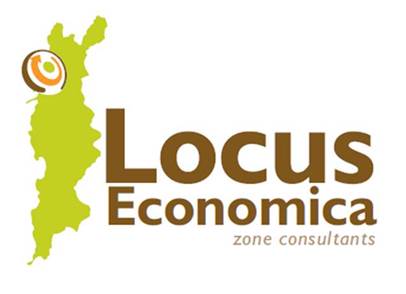China's meteoric economic rise over the past three decades is an unprecedented "growth miracle" in human history. Since the Open Door policy and reforms that began in 1978, China's gross domestic product (GDP) has been growing at an average annual rate of more than 9 percent, with its global share increasing from 1 percent in 1980 to almost 6.5 percent in 2008 and its per capita GDP increasing from US$193 to US$3,263. Total exports have been growing at an average annual rate of 13 percent (21.5 percent from 1998 to 2007), with China's share of total exports increasing from 1.7 percent in 1980 to 9.5 percent in 2008. In 2007, China's incremental growth in real GDP actually exceeded its entire real GDP in 1979. In 2010, China is set to outpace Japan and become the world's second-largest economy. China has indisputably become an important growth engine of the global economy and a leader in international trade and investment. Rapid growth in the past decades has helped lift more than 400 million people out of poverty. These results are truly impressive. While China's rapid rise has become a hot topic for development debate among policy makers, business people, and scholars all over the world, the numerous special economic zones (SEZs) and industrial clusters that have sprung up since the reforms are undoubtedly two important engines for driving the country's growth.

